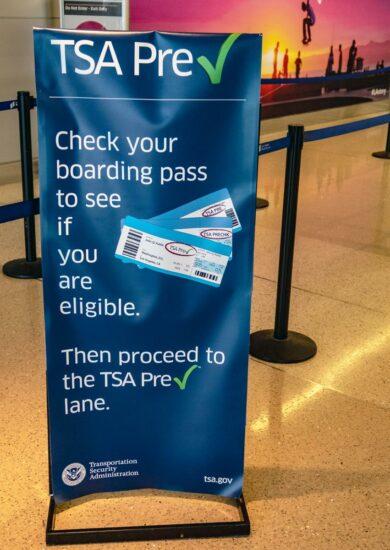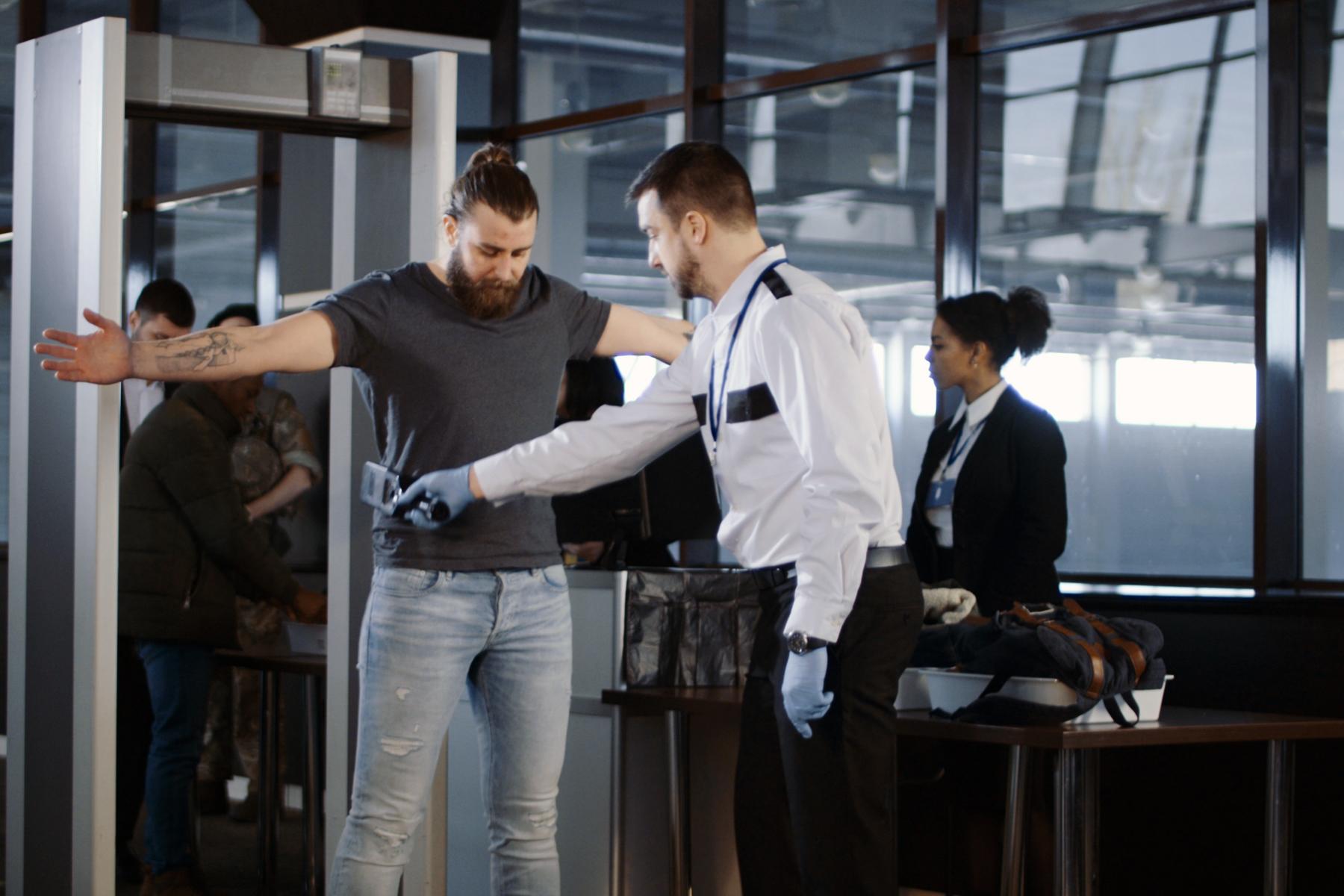Has the TSA got its eye on you? Here's what you can do.
Have you ever gone to the airport, made your way to the security checkpoint, and found yourself pulled aside for extra scrutiny? This could mean that you were randomly selected—that does happen—but you may also have been flagged in advance for what the TSA calls “Secondary Security Screening Selection” (commonly referred to as SSSS, since that’s what appears on your boarding pass if you’re flagged through this system). If this happens to you, here’s what you should know.
Here’s How It Works
When you book a plane ticket, your airline submits your name, gender, and date of birth to the TSA for comparison with several databases, including the No Fly List, the Centers for Disease Control and Prevention’s “Do Not Board” list, and the TSA’s own “Selectee List”.
This last one changes constantly, and while the TSA doesn’t say much about what gets someone flagged for additional screening for obvious reasons, here are a few elements that are known or suspected to play a role in who gets flagged:
- Booking a one-way ticket, especially internationally.
- Paying for a ticket with cash.
- Making a flight reservation on short notice (this can also happen if your flight gets canceled and you get rebooked on another airline).
- Having recently traveled to certain countries, like Turkey.
- Holding a passport from a country the U.S. doesn’t have good relations with.
How Do I Know If I’ve Been Selected?
Here are some signs that the Department of Homeland Security says may indicate you’ve been flagged for additional scrutiny:
- You were not able to print a boarding pass from an airline ticketing kiosk or from the internet.
- You were denied or delayed boarding.
- A ticket agent “called someone” before handing you a boarding pass.
- You were told:
- Your fingerprints were incorrect or of poor quality.
- Your photo did not match the travel document.
- Your personal information was incomplete or inaccurate.
- You are on the “No Fly List.”
So if you go to check in for your flight online and you’re not able to generate a mobile boarding pass and/or print your boarding pass at home, that could be a sign that you’ve been flagged for extra scrutiny. It could also just mean the airline needs to check your travel documents for other reasons, like making sure you have a visa and/or a return ticket. Either way, it’s a good idea to budget some extra time at the airport, especially if you’re someone who likes to cut it close.
Recommended Fodor’s Video
What Should I Do?

If you find yourself with an SSSS on your boarding pass once or twice, there’s not a whole lot you can do other than spending some quality time with a TSA agent – you can probably expect to go through a body scanner and a metal detector, receive an “enhanced pat-down,” have your hands and belongings swabbed for explosive residue, and get your bags manually searched. As frustrating as it may be, don’t take it out on the TSA agent—they aren’t the ones who flagged you for extra screening, and making a scene isn’t going to help you make your flight.
If you find that you’re constantly being sent to secondary screening, though, there are a few steps you can take.
- Always use your full name when booking a plane ticket. Including your middle name reduces the chances that you’ll get flagged because someone with a similar name is on some kind of watch list.
- Sign up for a Trusted Traveler Program like Global Entry, NEXUS, or TSA PreCheck. Since these programs involve an extensive background check, they may help you avoid getting flagged at security. Make sure to always include your membership number (Known Traveler Number, or KTN) when booking plane tickets—though note that some airlines, especially smaller or foreign carriers, don’t support this system.
- Request a “Redress Number” from the Department of Homeland Security. DHS has a centralized complaint center called the Traveler Redress Inquiry Program (TRIP) where you can submit your information if you’re repeatedly getting flagged for additional scrutiny at TSA checkpoints, passport control, or customs. Once you file a complaint and provide copies of your identity documents, DHS will do some investigating to see if you’re being flagged because your name is similar to someone on a watch list. If they determine that’s the case, they’ll issue you a “redress number” that you can include when making flight reservations. Unlike Known Traveler Numbers, any airline that flies to the U.S. should give you a space to provide a redress number. Note that if you’re actually on a watch list for some reason, DHS probably won’t give you a redress number, though they may forward your concern to the relevant agency (don’t expect them to tell you which agency it was though). Statistically speaking though, you probably aren’t—DHS says 99% of people who request a redress number aren’t actually on a watchlist, they just have a name similar to someone who is.
- Change your name? If none of these options work, and you’re really desperate, changing your name might do the trick. It’s a lot of work though (ask anyone who’s changed their name after getting married), and can be expensive, so unless you were already thinking about a name change this is definitely a last resort.




